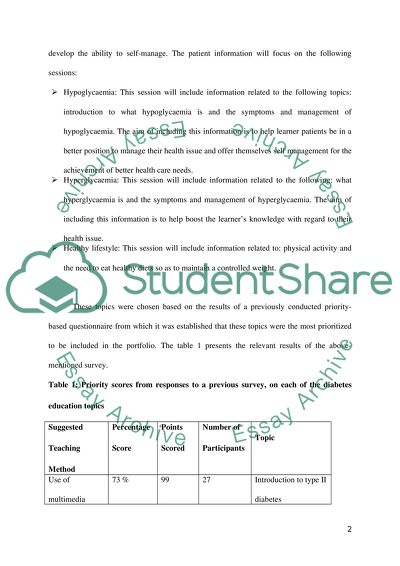Cite this document
(“Educational Program Development Portfolio Essay”, n.d.)
Retrieved from https://studentshare.org/nursing/1649878-educational-program-development-portfolio
Retrieved from https://studentshare.org/nursing/1649878-educational-program-development-portfolio
(Educational Program Development Portfolio Essay)
https://studentshare.org/nursing/1649878-educational-program-development-portfolio.
https://studentshare.org/nursing/1649878-educational-program-development-portfolio.
“Educational Program Development Portfolio Essay”, n.d. https://studentshare.org/nursing/1649878-educational-program-development-portfolio.


